Customer survey, workshop with Systembolaget, and store clerk feedback
Systemet 2030
Almost half of the carbon dioxide required for a bottle of wine to go from vineyard to table comes from the production of the glass bottle itself. Despite the increasing popularity of wine in alternative packaging today, prejudices and emotional values persist, making it difficult for consumers to switch to lighter packaging with lower carbon emissions. This project has therefore taken a closer look at the glass bottle and how a return system for it could be established in today’s Sweden. Reusing glass bottles could be an option to reduce the negative environmental impact of glass, but only if the return system works and the bottles are returned by the customer. From a design perspective, this project has explored how customers could be motivated to buy and, above all, return wine bottles.
In collaboration with:
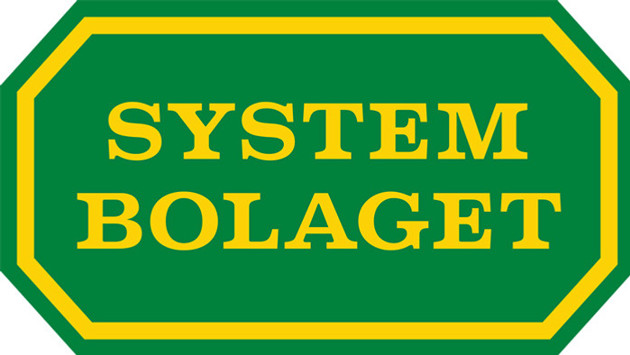
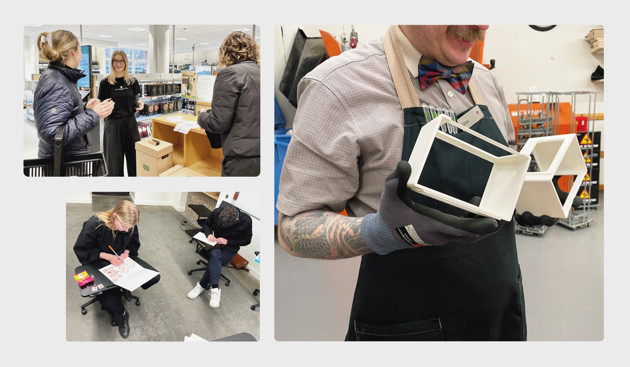
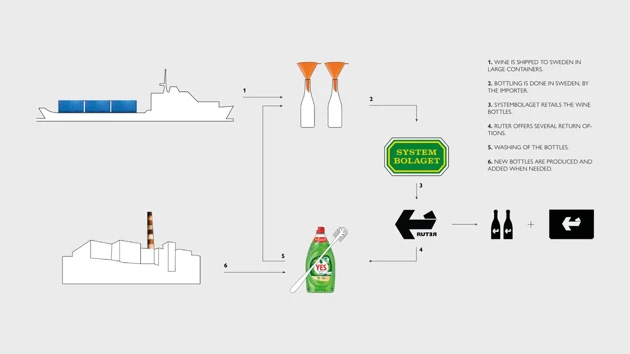
Mapping of proposed return system
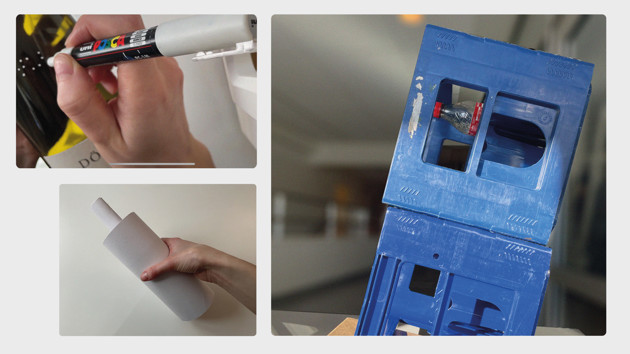
Process images
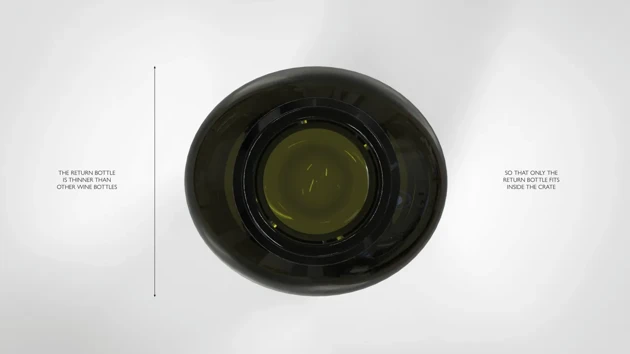
Only the returnable bottles should fit inside the crate, so that regular bottles don't end up in the return system
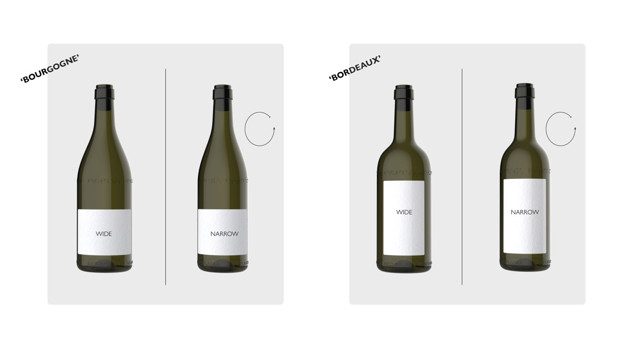
The elliptical shape of the bottle allows for different silhouettes, depending on where the label is placed
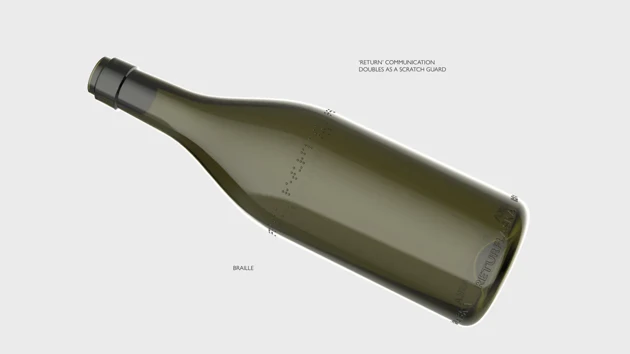
Communication on the bottle protects part of the bottle from scratches
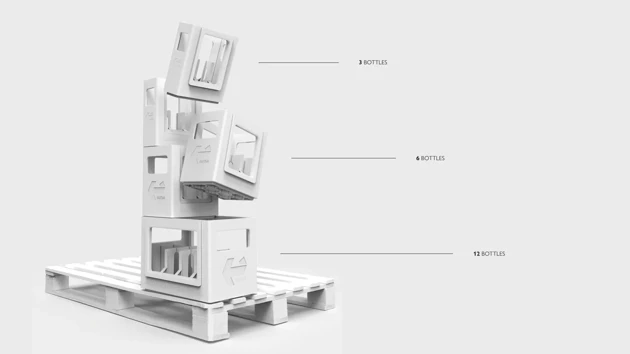
The crates come in three different sizes
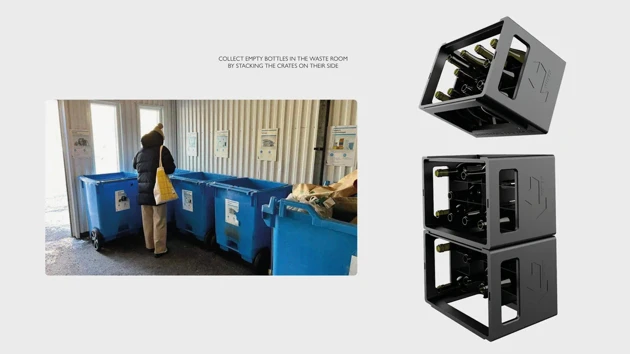
The crates are designed to be stackable two ways: one for transportation and one for collection
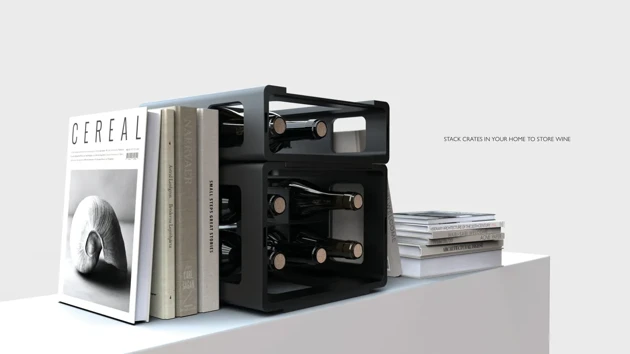
The customer can build a wine shelf by stacking the crates
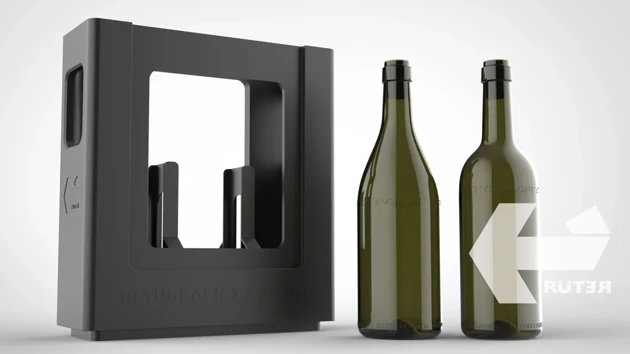
Ruter is designed to make reusability an attractive option for the customer at Systembolaget










